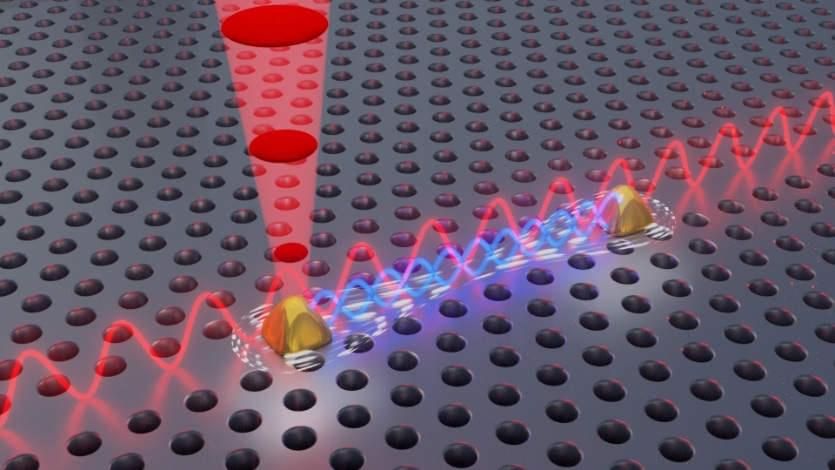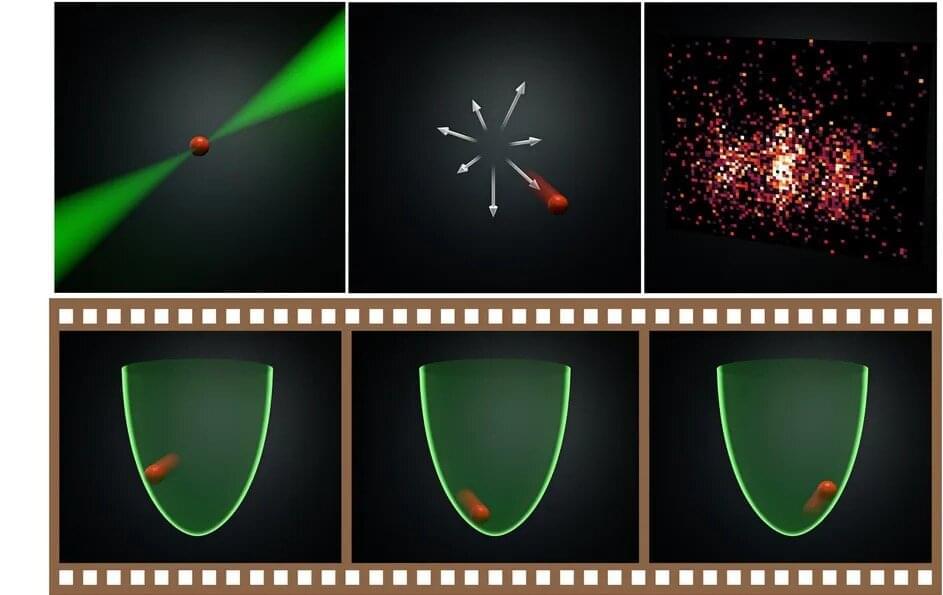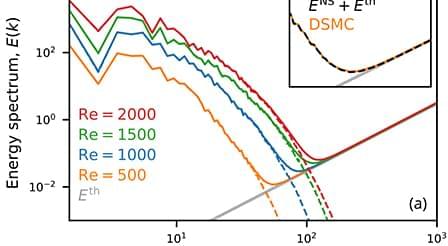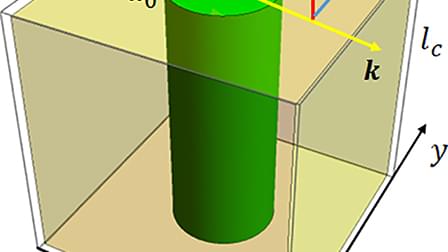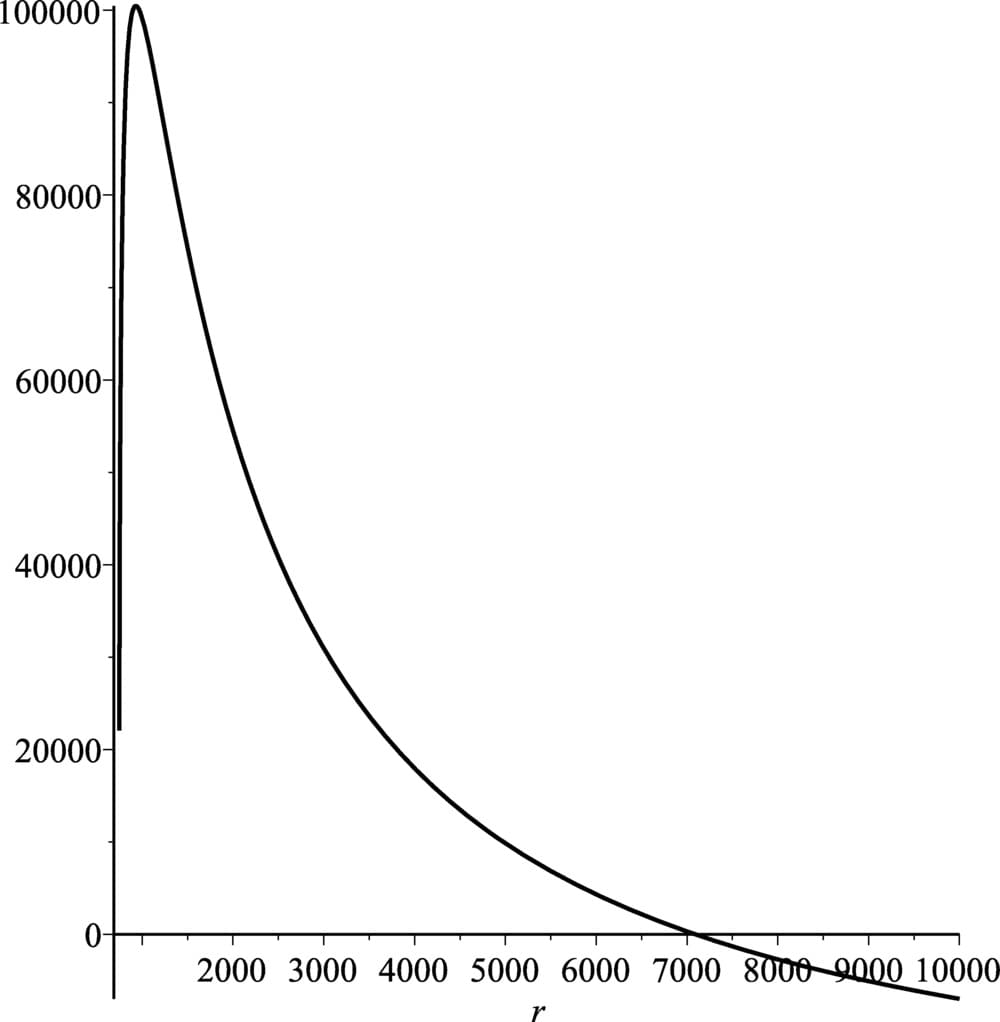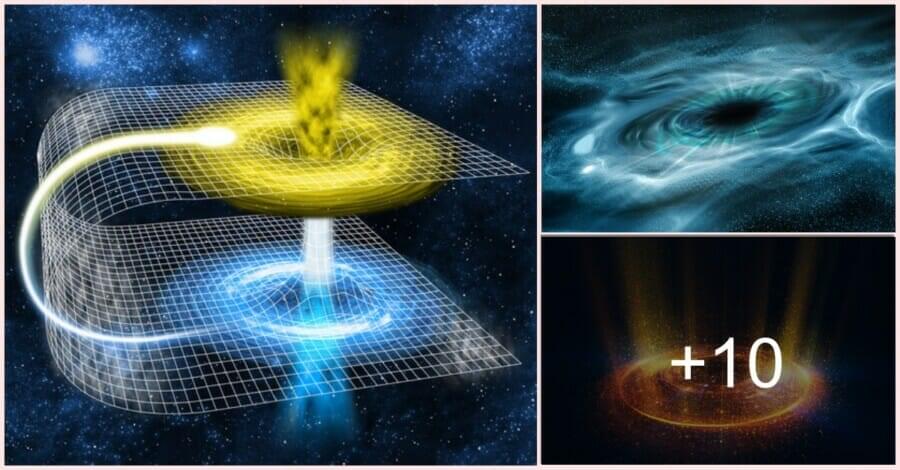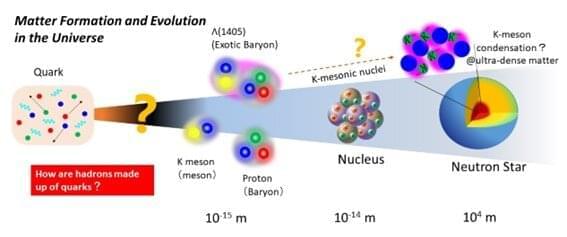With some careful twisting and stacking, MIT physicists have revealed a new and exotic property in “magic-angle” graphene: superconductivity that can be turned on and off with an electric pulse, much like a light switch.
The discovery could lead to ultrafast, energy-efficient superconducting transistors for neuromorphic devices—electronics designed to operate in a way similar to the rapid on/off firing of neurons in the human brain.
Magic-angle graphene refers to a very particular stacking of graphene—an atom-thin material made from carbon atoms that are linked in a hexagonal pattern resembling chicken wire. When one sheet of graphene is stacked atop a second sheet at a precise “magic” angle, the twisted structure creates a slightly offset “moiré” pattern, or superlattice, that is able to support a host of surprising electronic behaviors.

